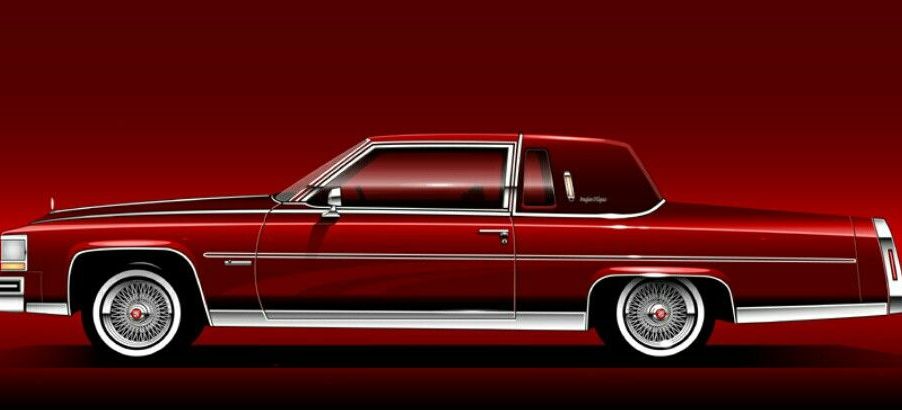
The Impossibly Disastrous 4-6-8 Cadillac Engine Of 1981
Before the bankruptcy and the Aztek, and EV-1; General Motors banked on something way ahead of its time. As such, it was a disaster. Not because it wasn’t a good idea, but more because the technology wasn’t refined enough for what it was supposed to do. This is about Cadillac’s revolutionary, impossibly disastrous 4-6-8 cylinder deactivation engine from 1981. It’s also about thinking beyond technological limits without respecting those technological limits.
Was GM ready for an engine that could switch from 4- to 6- and then 8- cylinders?
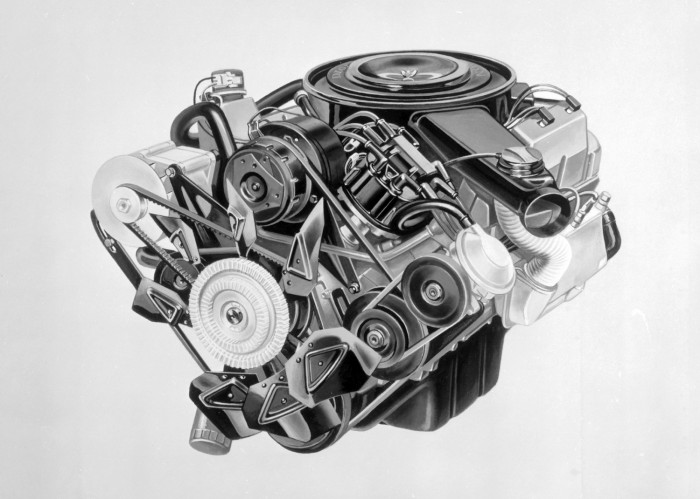
GM always hired the best. Big dreamers that could imagine what would propel us through the atmosphere just like we saw in the Jetsons cartoon shows. When it came to engineers, the sky was the limit. But there were reality limits, too.
In the 1970s, the American public went through not one, but two oil crises. The OPEC oil embargo in 1973 was followed too soon by the 1979 oil crisis. Both resulted in gas lines, jacked-up prices, and the realization that fuel economy was as important, if not more so than a new car’s color, or whether it had a big enough ashtray.
Did GM actually develop its 4-6-8 engine?
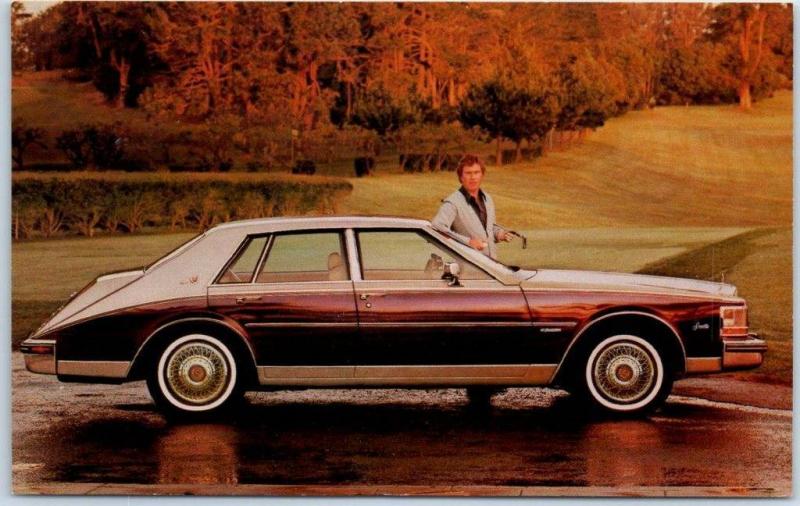
The engineers at GM pulled in electronics supplier Eaton Corporation to help devise a way to shut down cylinders, firing on demand. The idea is almost second nature today, but then it was like Star Wars. Engines need all eight cylinders when you stomp on the throttle for myriad situations. But cruising down the highway or idling through a parking lot, you don’t need all eight.
That was the idea. To control whether two or four cylinders could be deactivated when a computer sensed there was no load on the engine. Think of the gasoline it would save.
Cadillac started with a standard, off-the-shelf 368 ci V8, or L61 as it was code-named. It powered many a Cadillac. It was a smaller bore version of its 425 ci V8 that had been around since the mid-1970s. So the foundation was stout and proven in hundreds of thousands of cars.
How did the cylinders shut down?
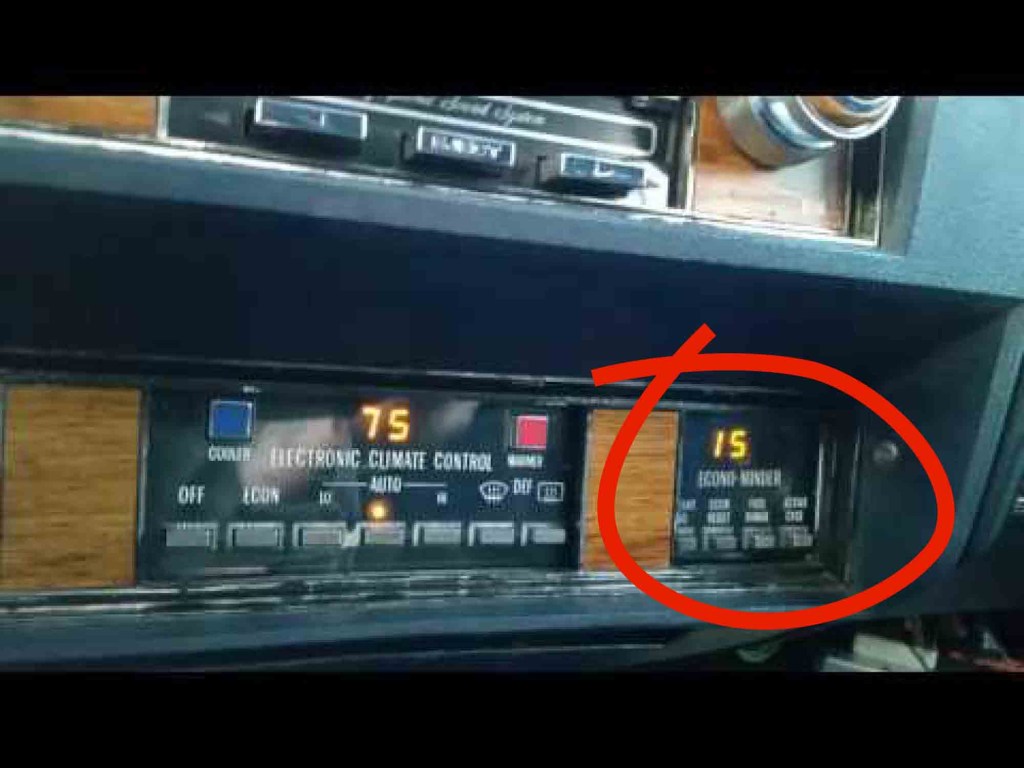
Above the engine block were unique cylinder heads for what was known as the L62. They incorporated solenoids that when triggered, locked down the rocker arms. This prevented the intake and exhaust valves from operating. Both closed in each cylinder when the solenoids were energized. This trapped air inside of the cylinders and acted as a cushion, according to GM.
It might seem that it would have been better to vent some of that trapped air trapped. Something like a pop-off valve for superchargers. When too much pressure is introduced, the pop-off valve will mechanically release some of the pressure. This lessened the effort pistons encountered having to continually compress the air going nowhere. Could it have been that the GM engineers couldn’t figure that out?
The Computer Command Module could process over 300,000 operations a second
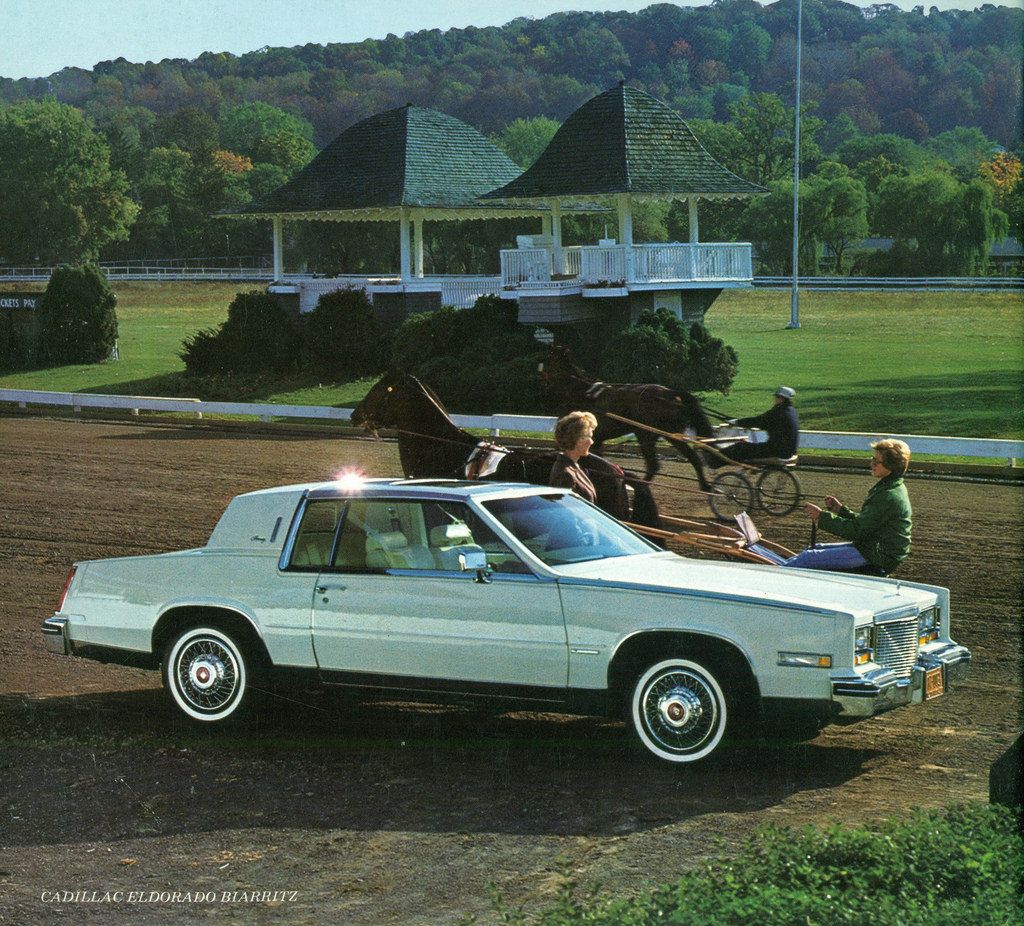
The 4-6-8 engine debuted in 1981 to a lot of fanfare. Early builds were parcelled out to the automotive media with mostly glowing reports. At least initially, the 4-6-8 worked as promised. The Computer Command Module that monitored and controlled the deactivation was said to process over 300,000 operations per second. What could go wrong with its computing power and speed?
But not long after examples were purchased and in the field, the problems started. The issue was when the engine went from four cylinders to eight, or six to eight, there was a lag. Engine smoothness was interrupted, and so was the customer’s confidence.
When the engine was powered either by four or six cylinders, it was also a rough ride. In fact, in the four-cylinder mode, the engine sounded like it was dieseling. At certain RPMs, the engine would “hunt” for the proper amount of activated cylinders. Clumsily switching from the different combinations of four, six, or eight.
What about fuel economy?
As for fuel economy, there wasn’t any. The economic figures were the same as the previous year without cylinder deactivation. But the emissions standards had gotten tighter. So all those who wondered about such things figured that maybe the reason for the cylinder deactivation was to keep the engine economy as good as the previous year under the newer, stricter rules. It was almost like GM was using technology to limp its cars into the future when technology would be advanced enough to get them better mileage.
In 1981 Cadillac issued 13 programming updates to try and tame the system. While it’s doubtful GM developed the 4-6-8 system to run for only a single year, that’s all it was offered for. At least, for retail purchases. Interestingly, Cadillac left it for its Fleetwood commercial chassis, which were mostly sold for limousines and hearses.
The 4-6-8 was a one-year-only marvel
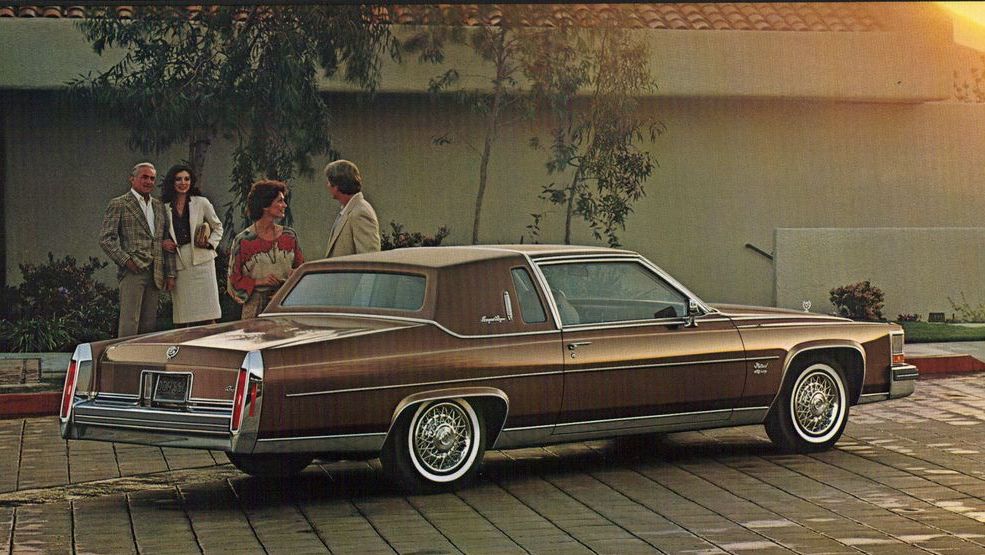
For 1982, the rest of the Cadillac line got the HT4100 engine, another disaster we’ll leave for another time. Suffice it to say, it had no power, and its reliability was bad. This may have been why Cadillac stuck with the 4-6-8 for commercial applications; it was bad but the new HT4100 was worse.
As much of a cluster as things were at the General during those times, there were some daring undertakings. They would eventually result in the EV-1, the first electric car in modern times, and of course, the Volt. And before that, there were examples of extraordinary engineering like the Corvair and later Corvettes.
So, while we snicker at things like the 4-6-8 cylinder deactivation, there was a lot of future-think and possibilities being developed at GM back in those glorious days.
Updated: 09-21-2022



